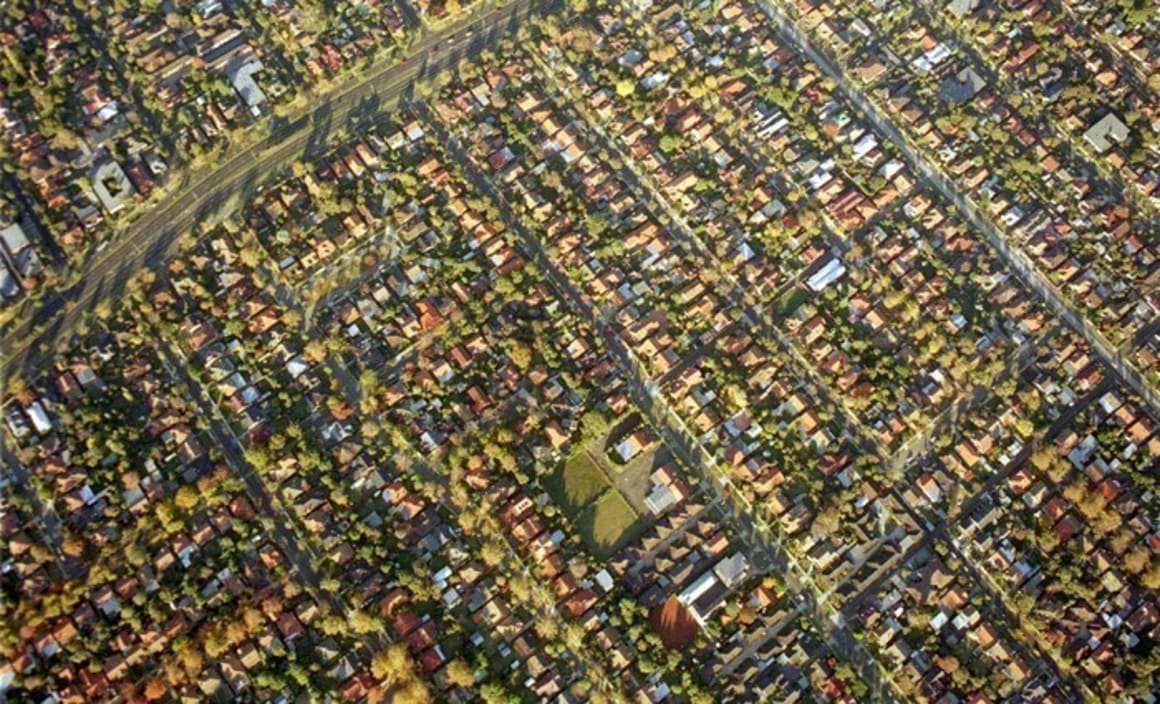Still see another rate cut next year: AMP's Shane Oliver

GUEST OBSERVER
No surprises from the RBA which left the official cash rate on hold yet again at 1.5 percent at its December Board meeting.
The RBA appears to be a bit more confident in its views regarding global growth and inflation, sees rising commodity prices as reflective of both stronger demand and supply cutbacks and sees them boosting national income and doesn’t seem too concerned about the rise in bond yields.
By contrast, its comments on Australia are a bit more mixed seeing growth slowing in the short term, the labour market as mixed and inflation remaining low before turning back up. In terms of the housing sector it now seems a bit more concerned acknowledging that conditions have strengthened overall.
But while the RBA sees year ended growth slowing in the short term – which is presumably a reference to the high risk of a negative September quarter GDP outcome – it doesn’t appear to be too concerned and is expecting growth to pick up again as resources projects complete.
Following a surprisingly correlated run of weaker than expected September quarter data for real retail sales, housing construction, private and public investment and trade volumes there is now a very high risk that GDP contracted in the September quarter with the consensus of economists now expecting -0.1 percent quarter on quarter or +2.2 percent year on year.
This would only be the fourth quarter of GDP contraction since the last recession ended in 1991 – the last three being in the December quarter 2000 (after the introduction of the GST), December quarter 2008 (the GFC) and March quarter 2011 (mainly due to a hiccup in exports). While a contraction will no doubt invite talk of a recession (usually defined as two consecutive quarters of falling GDP) we, like the RBA, see growth bouncing back again.
Weak September quarter GDP looks like payback for stronger than expected GDP growth over the year to the June quarter of 3.3 percent. And looking forward the ramp up in resource export volumes has further to go, there is still a huge pipeline of housing activity yet to be completed, strengthening approvals for non-dwelling construction are a positive sign, the drag from mining investment is fading as it reduces as a share of GDP and its likely to be close to a bottom in the next 12-18 months, recent retail sales data have improved suggesting a consumer bounce back in the December quarter and the rebound in commodity prices tells us that the income recession in Australia is over.
But despite this and although the tone of the RBA’s Statement remained basically neutral, absent a surprise bout of fiscal stimulus in Australia we remain of the view that its way too early to rule out further rate cuts next year.
The risks to growth are on the downside, inflation is likely to remain below target for longer than the RBA is forecasting as wages growth remains weak, the RBA may also need to offset increases in bank mortgage rates that are being driven by the rise in global bond yields and the $A remains too high. So we are allowing for one rate cut in the first half of next year. Regardless of whether there will be further cuts or not, a rate hike remains a 2018 story at the earliest.
SHANE OLIVER is head of investment strategy and economics and chief economist at AMP Capital and is responsible for AMP Capital's diversified investment funds.